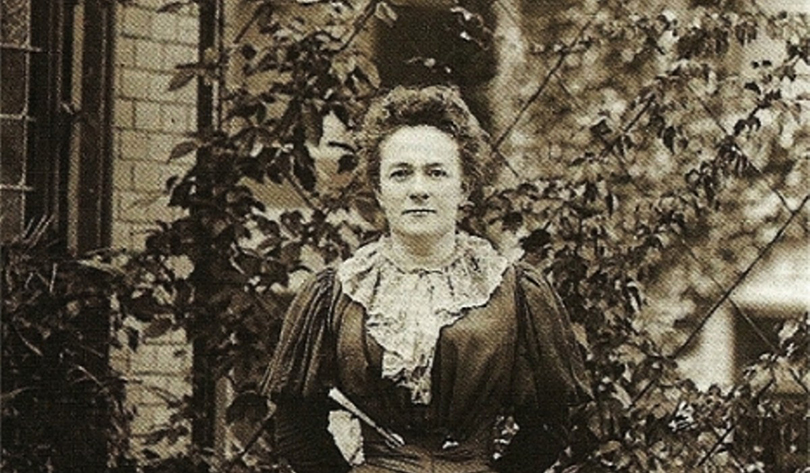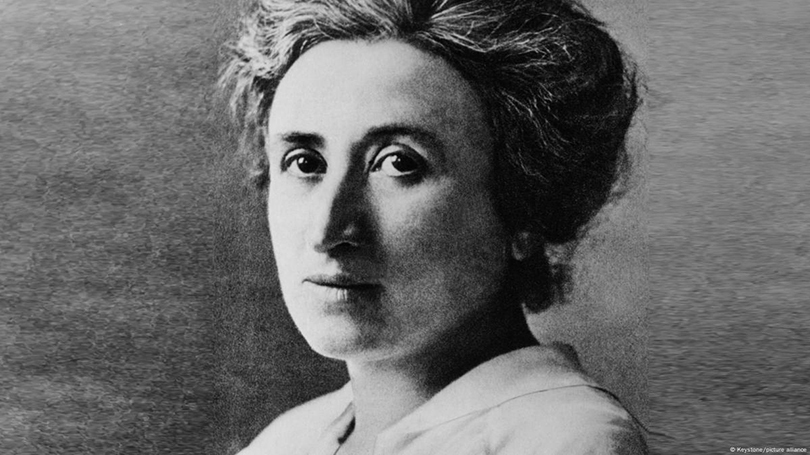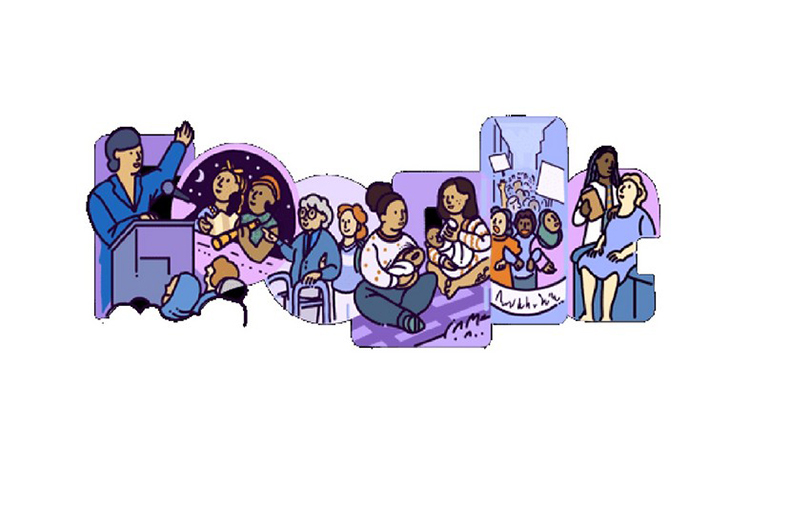March 8 is more than just a date on the calendar. It marks a significant occasion to recognize women's social, economic, cultural, and political achievements worldwide.
This day is celebrated worldwide to honor women, their achievements, and the struggle for equal rights. Many perceive it as a holiday of flowers and gifts, but it represents a long journey of change, protests, and inspiring stories.
We’ve gathered 10 of the most interesting facts about March 8 to help you better understand why this day is so important.
1. The Origins of the Holiday Date Back to 1908
The idea of International Women’s Day emerged after a march of 15,000 women in New York City in 1908. They demanded better working conditions, shorter working hours, and the right to vote.
At that time, women worked 16-hour days in factories, earned mere pennies, and were not allowed to participate in elections. According to historical records, women textile workers in New York faced wages as low as half of what men earned for the same work, sparking widespread protests. This march became the first loud action in the fight for women’s rights.
2. Clara Zetkin — The Woman Who Proposed March 8 as an International Holiday
In 1910, at the International Socialist Women’s Conference in Copenhagen, German activist Clara Zetkin proposed establishing a day dedicated to women’s struggle for their rights.
We’ve gathered 10 of the most interesting facts about March 8 to help you better understand why this day is so important.
1. The Origins of the Holiday Date Back to 1908
The idea of International Women’s Day emerged after a march of 15,000 women in New York City in 1908. They demanded better working conditions, shorter working hours, and the right to vote.
At that time, women worked 16-hour days in factories, earned mere pennies, and were not allowed to participate in elections. According to historical records, women textile workers in New York faced wages as low as half of what men earned for the same work, sparking widespread protests. This march became the first loud action in the fight for women’s rights.
2. Clara Zetkin — The Woman Who Proposed March 8 as an International Holiday
In 1910, at the International Socialist Women’s Conference in Copenhagen, German activist Clara Zetkin proposed establishing a day dedicated to women’s struggle for their rights.

Her idea was that one day a year, women around the world would remind others of their rights and fight for equality. The proposal was widely welcomed by socialist movements in Europe, while in other parts of the world, it faced initial resistance due to prevailing societal norms. The first marches took place the following year.
3. Rosa Luxemburg — The Revolutionary Behind the Holiday’s Origins
Another important figure in the history of March 8 is Rosa Luxemburg. She supported Clara Zetkin’s idea and helped organize the first women’s marches in Germany.
3. Rosa Luxemburg — The Revolutionary Behind the Holiday’s Origins
Another important figure in the history of March 8 is Rosa Luxemburg. She supported Clara Zetkin’s idea and helped organize the first women’s marches in Germany.

Rosa fought not only for women’s rights but also for freedom of speech, peace, and social justice. She believed that achieving women’s equality was impossible without equality for all people.
4. The UN Recognized March 8 in 1977
Despite the holiday existing for decades, the United Nations officially declared March 8 as International Women’s Day only in 1977.
Since then, the UN has chosen a special theme for each year to highlight current women’s issues worldwide.
5. In Some Countries, It’s an Official Public Holiday
Countries like Ukraine, Cuba, Vietnam, and others recognize this day as an official public holiday due to its historical significance in the fight for women's rights and gender equality. However, for many women, it’s not just a day off but an opportunity to remind others of their rights.
6. It’s a Day of Both Celebration and Protest
March 8 is not only about greetings but also protests. Women across the globe take to the streets to draw attention to issues of discrimination, violence, and inequality.
4. The UN Recognized March 8 in 1977
Despite the holiday existing for decades, the United Nations officially declared March 8 as International Women’s Day only in 1977.
Since then, the UN has chosen a special theme for each year to highlight current women’s issues worldwide.
5. In Some Countries, It’s an Official Public Holiday
Countries like Ukraine, Cuba, Vietnam, and others recognize this day as an official public holiday due to its historical significance in the fight for women's rights and gender equality. However, for many women, it’s not just a day off but an opportunity to remind others of their rights.
6. It’s a Day of Both Celebration and Protest
March 8 is not only about greetings but also protests. Women across the globe take to the streets to draw attention to issues of discrimination, violence, and inequality.

For example, Spain holds annual mass strikes for equal pay and rights. In Argentina, women march demanding protection from domestic violence.
7. The Official Color of the Holiday is Purple
Purple symbolizes dignity, justice, and the fight for gender equality.
It is often accompanied by green (hope) and white (purity) — the colors of the suffragette movement in the UK.
8. It Was Originally Called Women Workers’ Day
In its early years, the holiday was known as Women Workers’ Day, as it was dedicated to women fighting for their rights in factories and plants. Over time, its meaning expanded to become a day of struggle for the rights of all women.
7. The Official Color of the Holiday is Purple
Purple symbolizes dignity, justice, and the fight for gender equality.
It is often accompanied by green (hope) and white (purity) — the colors of the suffragette movement in the UK.
8. It Was Originally Called Women Workers’ Day
In its early years, the holiday was known as Women Workers’ Day, as it was dedicated to women fighting for their rights in factories and plants. Over time, its meaning expanded to become a day of struggle for the rights of all women.

One of the largest actions in recent years was the “Day Without Women” in 2017 when women from 50 countries refused to work on March 8 to show how essential their contribution is to society.
9. Google Creates Special Doodles Every Year
9. Google Creates Special Doodles Every Year

Each year, Google releases a special animated Doodle for Women’s Day, dedicated to outstanding women of the past and present — scientists, artists, and activists.
10. Every Year Has a New Theme
Every year, the UN selects a new theme to highlight current women’s issues. This helps remind the world that equality is not a one-time achievement but an ongoing process:
Why is March 8 Still Important Today?
Despite significant progress, women worldwide still face unequal pay, violence, and discrimination.
This day serves as a reminder that equality has not yet been achieved, and the fight continues.
How Can You Celebrate This Day?
10. Every Year Has a New Theme
Every year, the UN selects a new theme to highlight current women’s issues. This helps remind the world that equality is not a one-time achievement but an ongoing process:
- 2023: “DigitALL: Innovation and Technology for Gender Equality”
- 2024: “Inspire Inclusion”
- 2025 (expected): “Women in Leadership: Breaking Barriers”
Why is March 8 Still Important Today?
Despite significant progress, women worldwide still face unequal pay, violence, and discrimination.
This day serves as a reminder that equality has not yet been achieved, and the fight continues.
How Can You Celebrate This Day?
- Thank the important women in your life
- Read stories of remarkable women
- Support campaigns advocating for women’s rights
- Donate to women’s charities
March 8 is not just a holiday of flowers and greetings. It’s a day when the whole world remembers the strength, courage, and importance of women. Everyone can contribute to creating a world where women have equal opportunities and rights.





